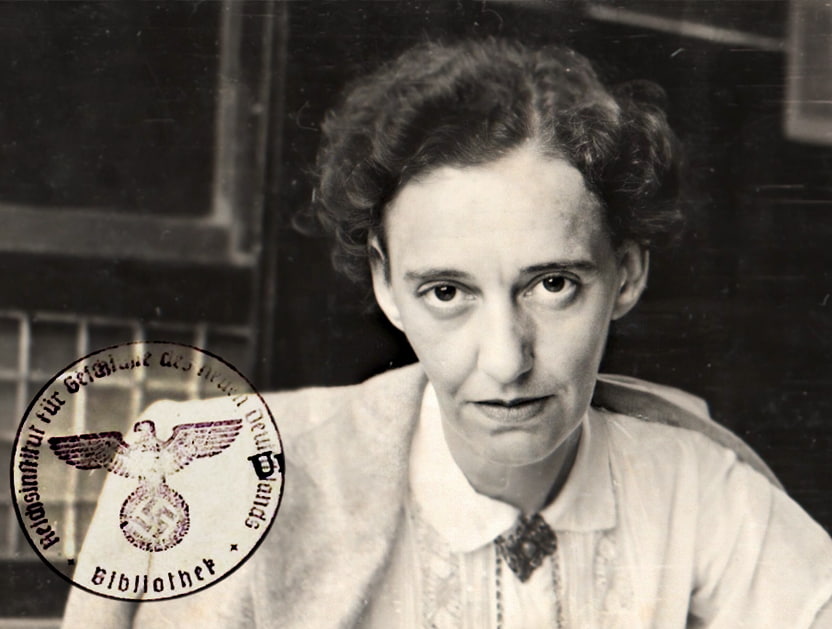Contemporary computer-assisted language learning [electronic resource]
להגדלת הטקסט להקטנת הטקסט- ספר
Contemporary Computer-Assisted Language Learning (CALL) is a comprehensive, one-volume work written by leading international figures in the field focusing on a wide range of theoretical and methodological issues. It explains key terms and concepts, synthesizes the research literature and explores the implications of new and emerging technologies. The book includes chapters on key aspects for CALL such as design, teacher education, evaluation, teaching online and testing, as well as new trends such as social media. The volume takes a broad look at CALL and explores how a variety of theoretical
| כותר |
Contemporary computer-assisted language learning [electronic resource] / edited by Michael Thomas, Hayo Reinders and Mark Warschauer. |
|---|---|
| מוציא לאור |
London New York : Bloomsbury Academic |
| שנה |
2013 |
| הערות |
Description based upon print version of record. Includes bibliographical references and index. English |
| הערת תוכן ותקציר |
Cover Half Title Series Title Copyright Dedication Contents Notes on contributors Foreword List of figures and tables 1 Contemporary computer-assisted language learning: The role of digital media and incremental change Summary Introduction Contemporary CALL: An exemplary case study Aspects of contemporary CALL Digital media and social CALL Conclusion PART ONE The CALL context Section introduction 2 Historical perspectives on CALL Origin of the term CALL Early CALL: 1960's to 1970's CALL and the microcomputer: The 1980's Repositioning CALL: The 1990's CALL and Web 2.0: The 2000's Conclusions 3 Researching language learning in the age of social media Traditions Environments, socio/affective dimensions and pedagogical processes Conclusion, future directions 4 Second language teacher education for CALL: An alignment of practice and theory The broad domain Second language teacher education for CALL The sociocultural in SLTE for CALL Sociocultural theory Activity theory The Cambridge study Conclusions Acknowledgements 5 Research on computers in language testing: Past, present and future Summary Introduction Overviews of CBLT CBLT delivery CBLT content Example CBLT's 6 Materials design in CALL: Social presence in online environments Social presence The project: Set-up, participants, methodology and task design Some findings PART TWO CALL learning environments 7 Telecollaboration and CALL The origins of telecollaboration Models of telecollaborative exchange Areas of telecollaborative research Telecollaboration 2.0: Current approaches and research 8 Distance CALL online Summary What is distance CALL? An integrated model of distance language learning DCALL research seen through the integrated model Current and future directions 9 Language learning in virtual worlds: Research and practice A history and overview of VWs Research on virtual worlds Potential barriers to language learning in VWs Primary education in virtual worlds: To Rez or not to Rez? 10 Digital games and language learning Emerging initiatives on digital game-based learning Adaption of commercial off the shelf (COTS) games Design of serious educational language learning games Future development and research directions 11 Mobile-assisted language learning Enabling aspects of mobile learning Uses of mobile devices in language learning Issues of concern with mobile learning Emerging directions 12 CALL in low-tech contexts Definition of low-technology contexts Overview of how technology has been used in educational settings in the last few decades CALL and low-tech environments How to use CALL in low-tech contexts |
| סדרה |
Contemporary studies in linguistics |
| היקף החומר |
1 online resource (417 p.) |
| שפה |
אנגלית |
| מספר מערכת |
997010720356905171 |
תצוגת MARC
תגיות
- Language and languages Computer-assisted instruction Research.
- Language and languages Research Methodology.
- Language acquisition Research Methodology.
- Acquisition of language
- Developmental linguistics
- Developmental psycholinguistics
- Language and languages Acquisition
- Language development in children
- Psycholinguistics, Developmental
- Foreign languages
- nne Languages
יודעים עוד על הפריט? זיהיתם טעות?

 כניסה עם גוגל
כניסה עם גוגל
 כניסה עם פייסבוק
כניסה עם פייסבוק



